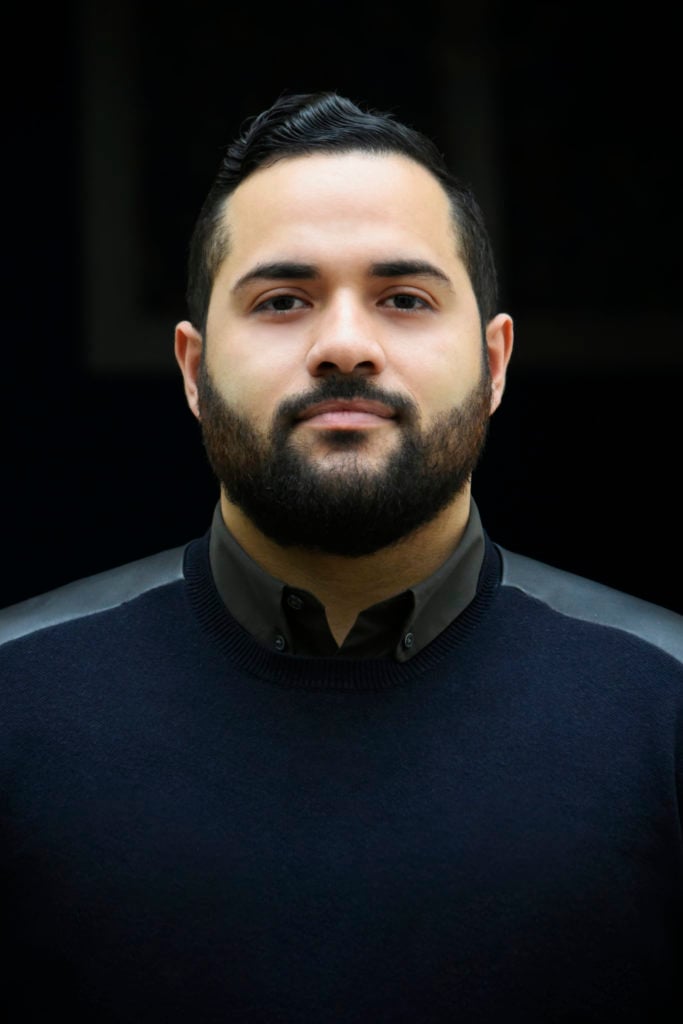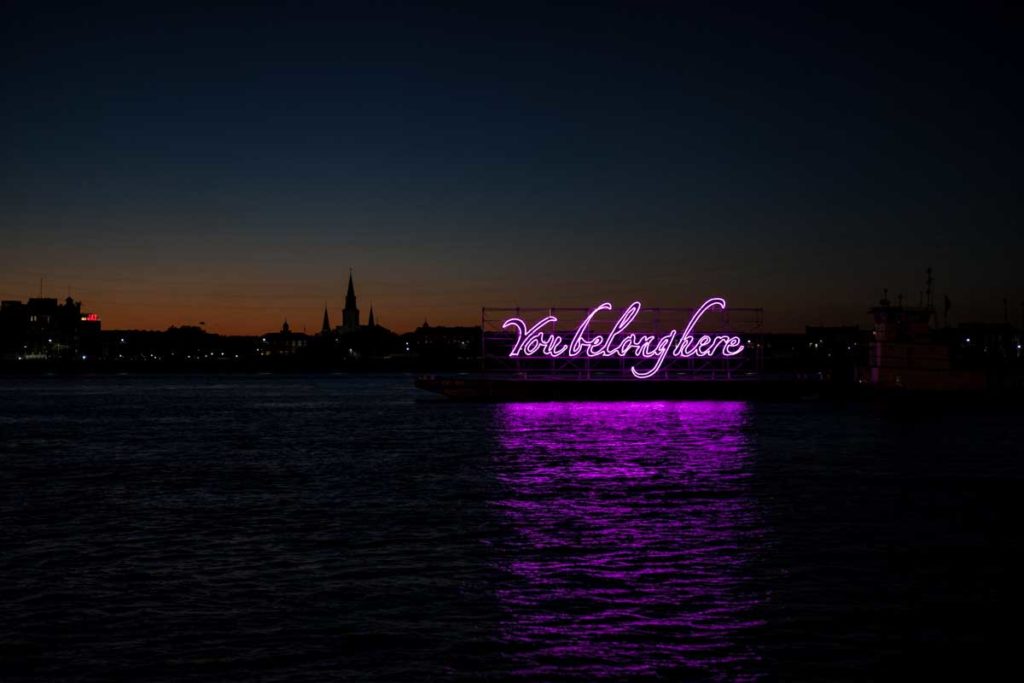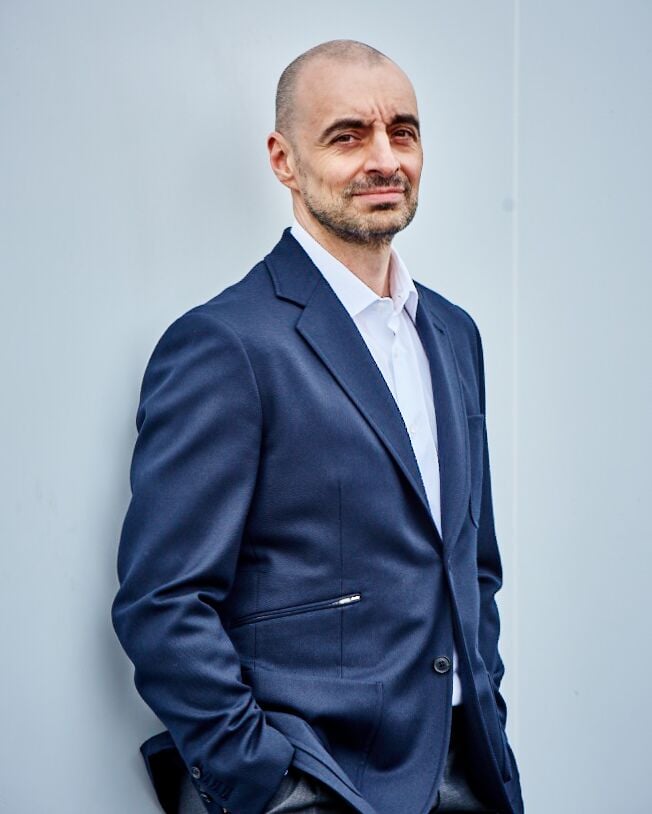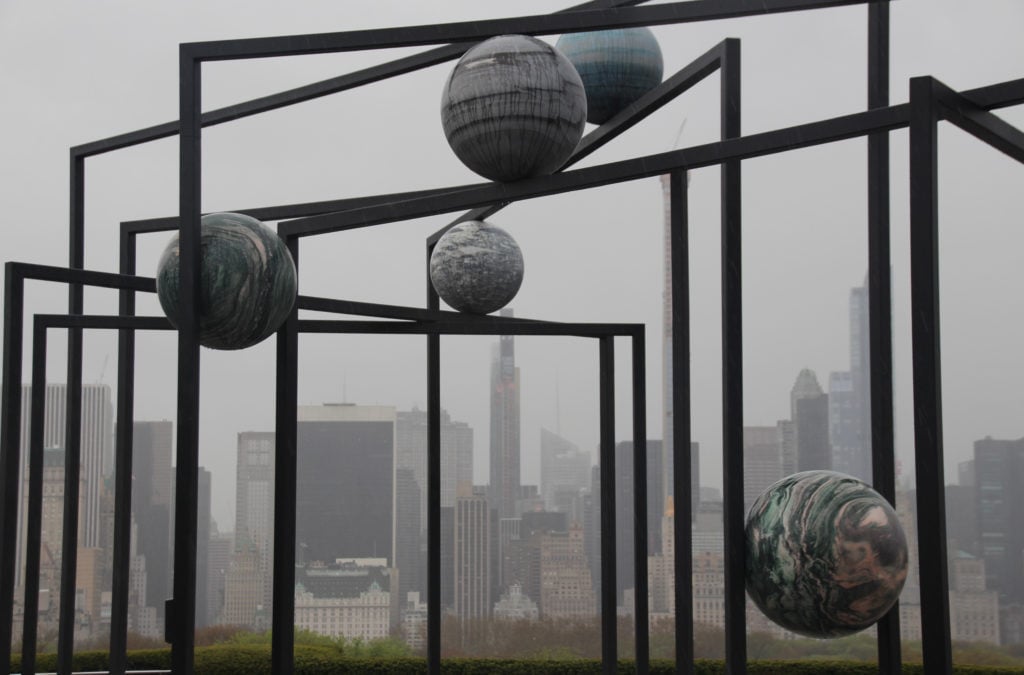How Will Blockchain Effect The Future of the Art World? Art Consultant and Economist Brunno Silva Shares His Insights


Artnet Gallery Network

São Paulo-born art consultant Brunno Silva studied the economics of culture before becoming an auditor for accountancy firm Deloitte. He then completed an MA in Art Business at Sotheby’s Institute of Art in London, before setting up his consultancy with bases in Berlin, Germany, and Nardò, Italy. With clients throughout Europe and in South America, Silva has his finger to the pulse of the economic structures that fuel the contemporary art market. Recently Ulvi Kasimov, the founder of .ART, the art world’s own online domain, sat down with Silva to discuss how the art world can adapt to the changing global landscape. Read their conversation below.
Is there enough investment in developing new economic models for the art world?
There is not so much money being spent on research. You can only find fully dedicated art business Master’s degrees at Christie’s and Sotheby’s. So while there is really interesting research happening, it’s very limited if only two institutions are doing it. As things are now, everyone is doing their own thing with many different models. A commercial gallery run by a family, for example, learns a lot by simply doing it, and they’ll have their model which works for them but there’s no open conversation.
Do you think art institutions should recruit from beyond art the art world?
If a technology company wants to hire a CEO, they might hire someone with no experience in technology but with a lot of experience in the business. But galleries and museums today don’t even look in those other areas; it’s always insular to the art world. I’m not saying art historians can’t be good directors, but maybe we should not only be considering art historians. Maybe galleries shouldn’t be passed on to the owner’s daughter or son. Maybe they should hire someone from outside.
Which models do you think will help the art world become more economically sustainable?
Biennials are a great way to display art and make an impact in small cities. They’re an interesting way to inject some money, to show interesting art and make good public art available. And it’s contemporary as most of the works are usually created for the biennial. You have an integration of various venues so the public can uniquely explore the city and discover those works. You see a lot of contemporary artists, both local and international, as most biennials are both showing local artists and bringing in people from outside. After it ends, everything – or almost everything – disappears, which is great as the commitment from local institutions to show the artworks only has to be temporary.

Tavares Strachan, You Belong Here (2014), part of “Prospect.3: Notes for Now,” a project of Prospect New Orleans. Courtesy of Vincent Gray.
How do you think the biennial format could evolve to further benefit the art world?
I wonder if we could develop a hybrid model that combines biennials and art fairs. For example, today we have the Venice Bienniale — which is designed to display works rather than sell them — followed by art fairs where galleries will check out which artists had been selected by the biennial. If you were a gallery, why wouldn’t you? With a hybrid model you would have the main biennial, but you are transparent and sell the work at a follow-up art fair. We can then have an honest conversation about funding biennials and connecting with patrons and collectors who are ready to purchase the artworks shown in the biennial.
What is the current state of the art market in Brazil?
I’ve always had a very big interest in art but the problem is the art market in Brazil is tiny. Even if you try to work in something related to the arts, the chances that you are going to succeed or make enough money to pay the bills are quite slim.

Ulvi Kasimov, founder of .ART. Photo: Photo: Philip Sinden, courtesy of .ART.
You now live in Berlin. Which German artists interest you?
Alicja Kwade manipulates elements in a distinctive way in her sculpture. With more abstract sculpture, it’s sometimes quite hard to tell who made it but with Alicja, even though she changes her style a lot, you always have a feeling it’s hers. At the Venice Biennale she created these big spheres out of stone that looked like planets. In another work, she ground iPhones into powder and made goblets and vases out of it. She’s able to transform materials incredibly.
You specialize in lifting emerging artists and early-phase projects off the ground. What have you been working on lately?
I’m currently helping an English family create the framework for an art foundation in southern Italy. I’m also helping a Berlin-based artist-run space to contextualize its program within a broader art world. And recently I presented projects for two exhibitions in Galatina, Italy, showcasing mostly emerging artists.
What are the main challenges in these types of projects?
Artists and patrons tend to have a strong sense of what they want and what their identity is. What they struggle to understand is where they fit into the broader discourse. For instance, someone might have a project happening in Berlin but aren’t aware that maybe there’s someone in Seoul doing something very similar. Or there is someone in South America who shares the same interests. Artists are consumed with making their work. And patrons often have their own businesses and don’t have time to follow every single thing that’s happening in the art world. So contextualization is an important part of what I offer.
What are your frustrations with the way the art world operates?
Money: there is a lot of money in the art world but when you have an up-and-coming space or foundation the spirit is always: “If you believe in this, let’s work together and we might make some money sometime in the future.” Unpaid internships at galleries or big institutions are absurd. For me, as an economist, if I’m running a foundation and I want someone to work for me I want to have the best person. I don’t want the person who already has the financial means to survive without me paying them. That mindset is a shame because you have a lot of interesting ideas and dedicated minds and they just cannot afford to do it. It has to be a conscious decision.
Do you think people with money are setting up foundations or making big donations to museums out of egotism rather than cultural philanthropy?
In the 1990s if you had money and you wanted to sit at the table with curators and artists. You worked with them to understand what they were saying. Now, there are so many vanity projects. People with a lot of money are entering the contemporary art world and saying, “It’s a room that is empty so I can do this myself, I don’t need a curator. I don’t need an artist as a friend.” I’m not saying everyone is doing this but very quickly the art world spots vanity projects. When starting working with a collector or foundation, I constantly ask questions: How is this foundation is giving back to its community? How can we create local and international conversations? I explain that collecting is a long, passion-driven activity.

A sculpture by Berlin-based artist Alicja Kwade stands on the roof terrace of the New York Metropolitan Museum. The photo” Christina Horsten/picture alliance via Getty Images.
What technologies will have big effects on the way the art world works in the coming years?
Blockchain technology is going to have a big impact on the way people work. It’s going to allow us to better track artworks; where they’ve been sold and exhibited. Blockchain is also going to make it easier to see who has added information about an artwork. This currently happens in limited systems, some of which are not even online.
Can you give me an example of how “blockchain tracking” works in practice?
In video art it’s very common to have editions. Say you have five editions—in the past, people kept track of those five editions as one work. Now they realize that it’s important to keep track of each edition, even though it’s exactly the same work. So for example while edition four is being shown in Copenhagen, edition one has been with a private collector since it was created. People are interested in knowing what’s happening with specific editions. It all adds to the value of the artwork and you want to keep track of that. When blockchain arrives it’s going to be easier for everyone.
What should an emerging artist do to benefit from blockchain?
If there’s an artist who’s just starting and is just represented by a few galleries, they won’t have the money to invest in the software or in the manpower to catalogue their works. But if it’s something simple such as filling in some forms online and it’s free, then why not?
Do you think that galleries will eventually die out?
I was never a person who thought Kindles would kill off physical books. Now, we do think twice before buying a physical book but similarly, there will always be space for new and old models. I believe galleries are still going to exist. Everything is still going to exist but there will be alternative models and online platforms; people buying art online and not being afraid of that.
Do you think collectors will always want to see works “in the flesh” before purchasing more expensive works?
If someone is buying a painting for £100,000 I would expect them to want to see the painting. But if that same collector wants to buy a print for £500 they’re more than happy to buy online works coming from an artist’s studio, alternative project space or a platform with more accessible prices — they can buy a work with a click. That same person is still going to galleries and art fairs. It’s just complementary.
How do you think the internet is helping the art world become more transparent and accessible?
One of the effects of being online is that it allows us to connect with real stories from different places. The art world must become more open. It’s so much easier to explain to a collector about an artist and the story behind them. When people are passionate about a story, they buy the art.
This interview is excerpted from Kasimov’s book The Art of the Possible, a series of interviews that explore the ways Internet technology can remake the art world. Additional interviews from the book will be published here in the coming months.